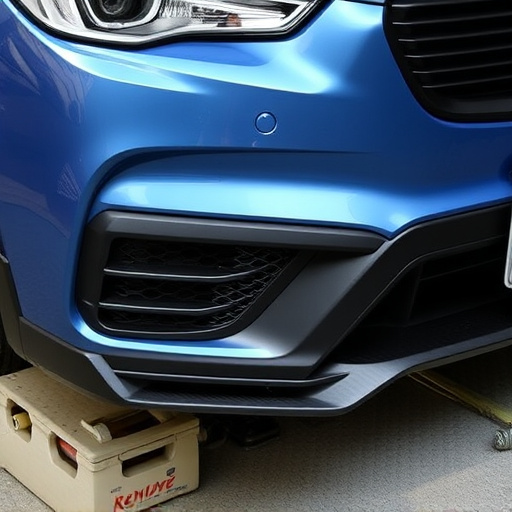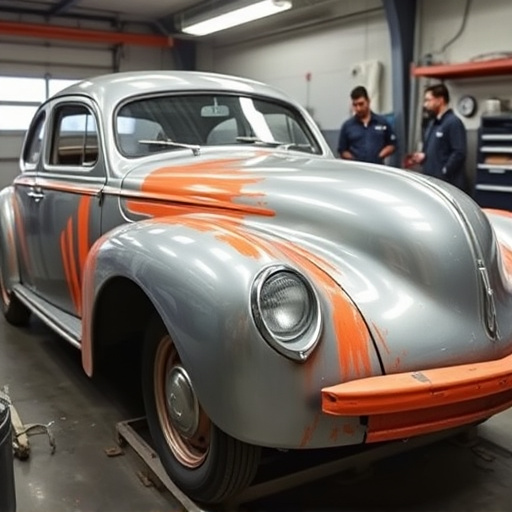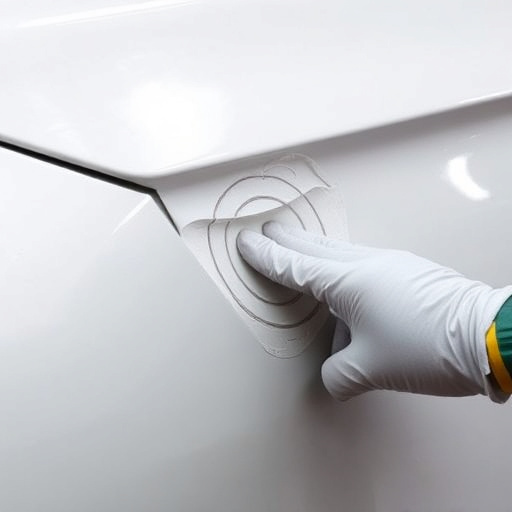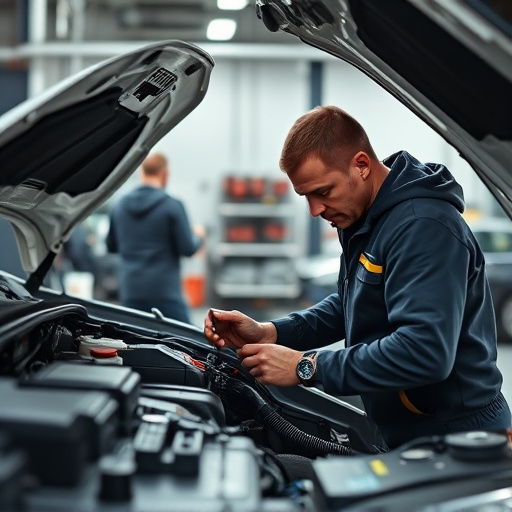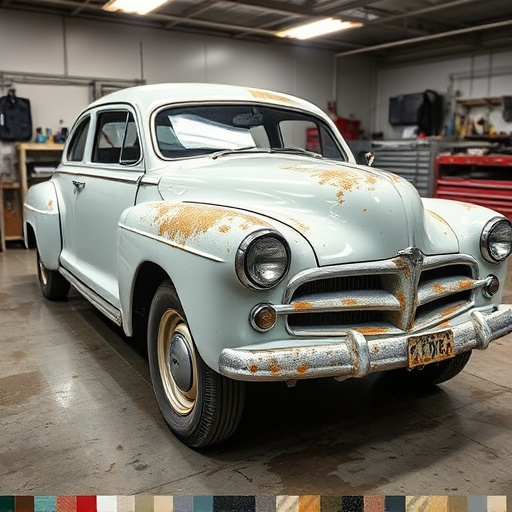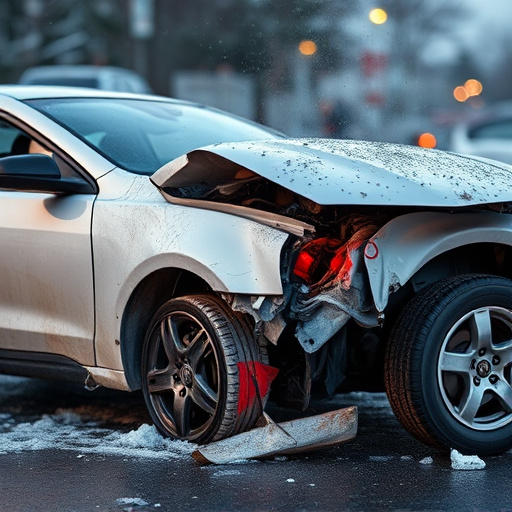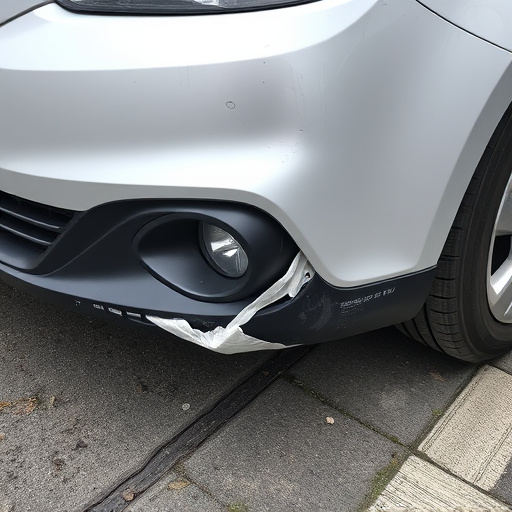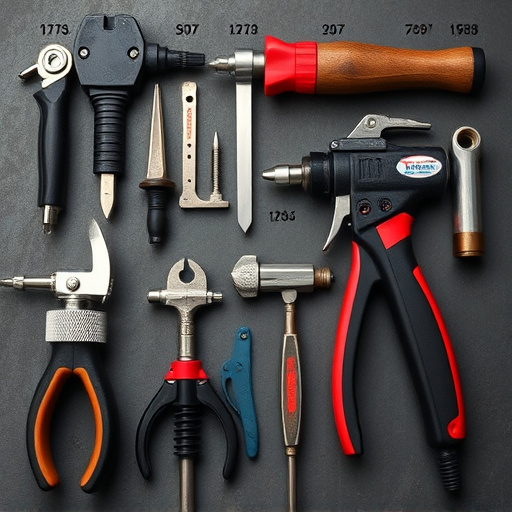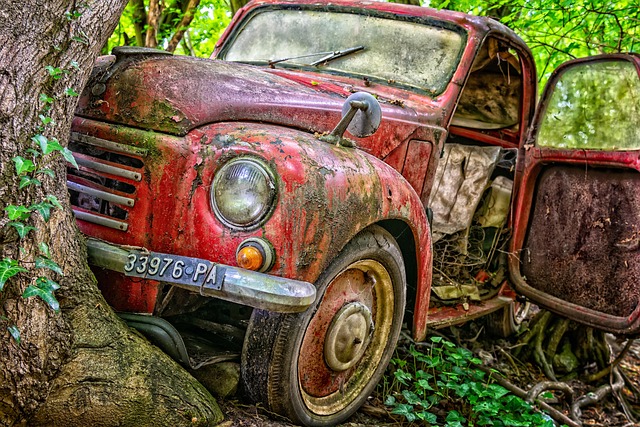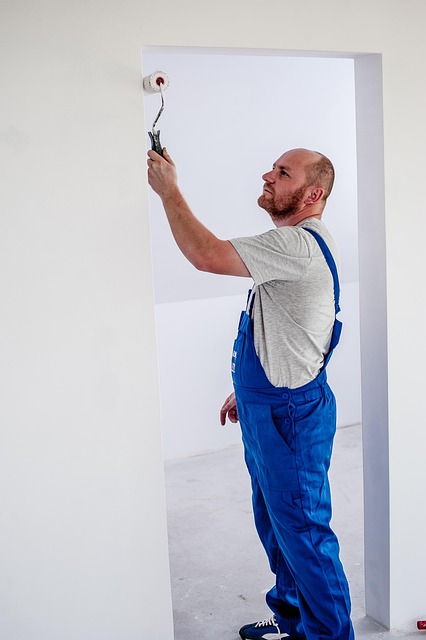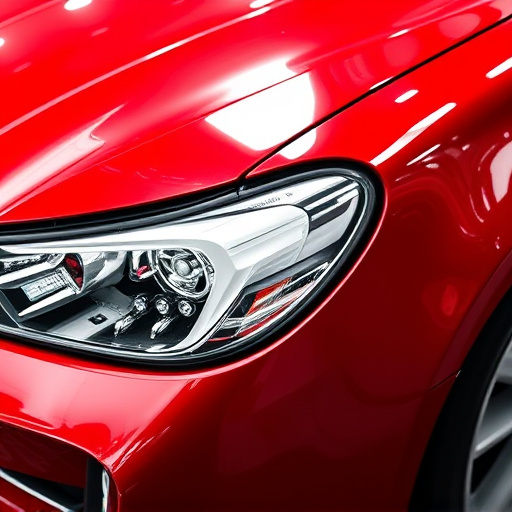OEM-certified replacement parts are crucial for preserving vehicle crashworthiness and safety after accidents. These parts, rigorously tested to match manufacturer standards, ensure structural integrity, compatibility with safety systems, and protect occupants during collisions. Their use in collision repair, especially for luxury brands like Mercedes Benz, is essential for maintaining optimal safety across all repairs, from dents to paintwork.
In today’s automotive landscape, ensuring vehicle safety is paramount. This is where OEM-certified replacement parts step into the spotlight. These parts, adhering to original equipment manufacturer standards, significantly contribute to a vehicle’s crashworthiness—its ability to protect occupants during collisions. Understanding the fundamentals of crashworthiness and the critical role of these certified components is essential for both automotive professionals and consumers alike. Let’s explore how OEM-certified replacement parts ensure safety without compromising quality or reliability.
- Understanding Crashworthiness: The Basics
- Role of OEM-Certified Parts in Vehicle Safety
- Ensuring Quality and Reliability Through Certification
Understanding Crashworthiness: The Basics

Crashworthiness refers to a vehicle’s ability to protect its occupants during a collision. It’s a critical aspect of automotive safety that involves how well a car retains its structural integrity and prevents severe injury or death in accidents. This includes factors like crumple zones, impact absorbers, and the overall design of the vehicle’s chassis and body panels. When a vehicle undergoes a crash, these components work together to distribute and absorb the force of the impact, minimizing the stress on passengers.
OEM-certified replacement parts play a significant role in supporting crashworthiness. These parts are specifically designed and tested to match the original equipment manufacturer’s (OEM) specifications, ensuring they meet the same high standards for safety and performance. Using OEM-certified parts in vehicle dent repair or during collision center/auto repair shop services is crucial because it maintains the structural integrity that was designed by the vehicle manufacturers. This ensures that if a car is ever involved in an accident, its crashworthiness remains intact, providing optimal protection for its occupants.
Role of OEM-Certified Parts in Vehicle Safety
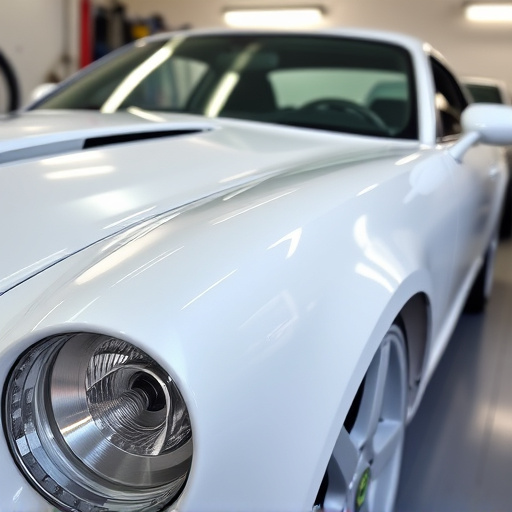
OEM-certified replacement parts play a pivotal role in enhancing vehicle safety, especially when it comes to crashworthiness. These parts are designed and manufactured to meet the exact specifications set by the Original Equipment Manufacturer (OEM), ensuring they seamlessly integrate into the vehicle’s existing structure. This precision is crucial for maintaining the overall stability and integrity of the vehicle during an accident, minimizing potential risks to occupants.
In the realm of auto body repair, including specialized services like Mercedes Benz repair, OEM-certified parts are a game-changer. They offer several advantages over generic or aftermarket alternatives. First, they guarantee compatibility, ensuring that every component fits perfectly without compromising the vehicle’s safety features and systems. Second, these parts undergo rigorous testing to meet or exceed industry standards for strength and durability, making them reliable choices for automotive collision repair. Using OEM-certified replacement parts is a proactive step towards safeguarding drivers, passengers, and other road users in the event of an unforeseen collision.
Ensuring Quality and Reliability Through Certification

When it comes to crashworthiness, the integrity of replacement parts is paramount. OEM-certified replacement parts play a crucial role in ensuring that vehicles maintain their structural strength and safety standards after an accident. These parts undergo rigorous testing and quality control measures to meet or exceed the original equipment manufacturer’s (OEM) specifications. By adhering to these strict standards, collision repair shops can be confident in the reliability of the components they use, ultimately contributing to safer vehicle repairs.
The certification process involves extensive evaluations, including material composition analysis, structural integrity tests, and compatibility checks with specific vehicle models. This ensures that each part not only matches the original design but also performs identically in terms of strength and durability. As a result, OEM-certified parts offer peace of mind for both repair technicians and vehicle owners, knowing that their cars are being restored to their highest safety potential, be it through vehicle paint repair or intricate vehicle dent repair processes.
OEM-certified replacement parts play a pivotal role in maintaining and enhancing vehicle crashworthiness. By adhering to stringent safety standards, these parts ensure that vehicles perform optimally during accidents, protecting occupants and reducing the overall impact. Through rigorous certification processes, quality and reliability are guaranteed, fostering trust among consumers who prioritize safety. Incorporating OEM-certified components is a proactive step towards a safer driving experience, solidifying their significance in the automotive industry.
